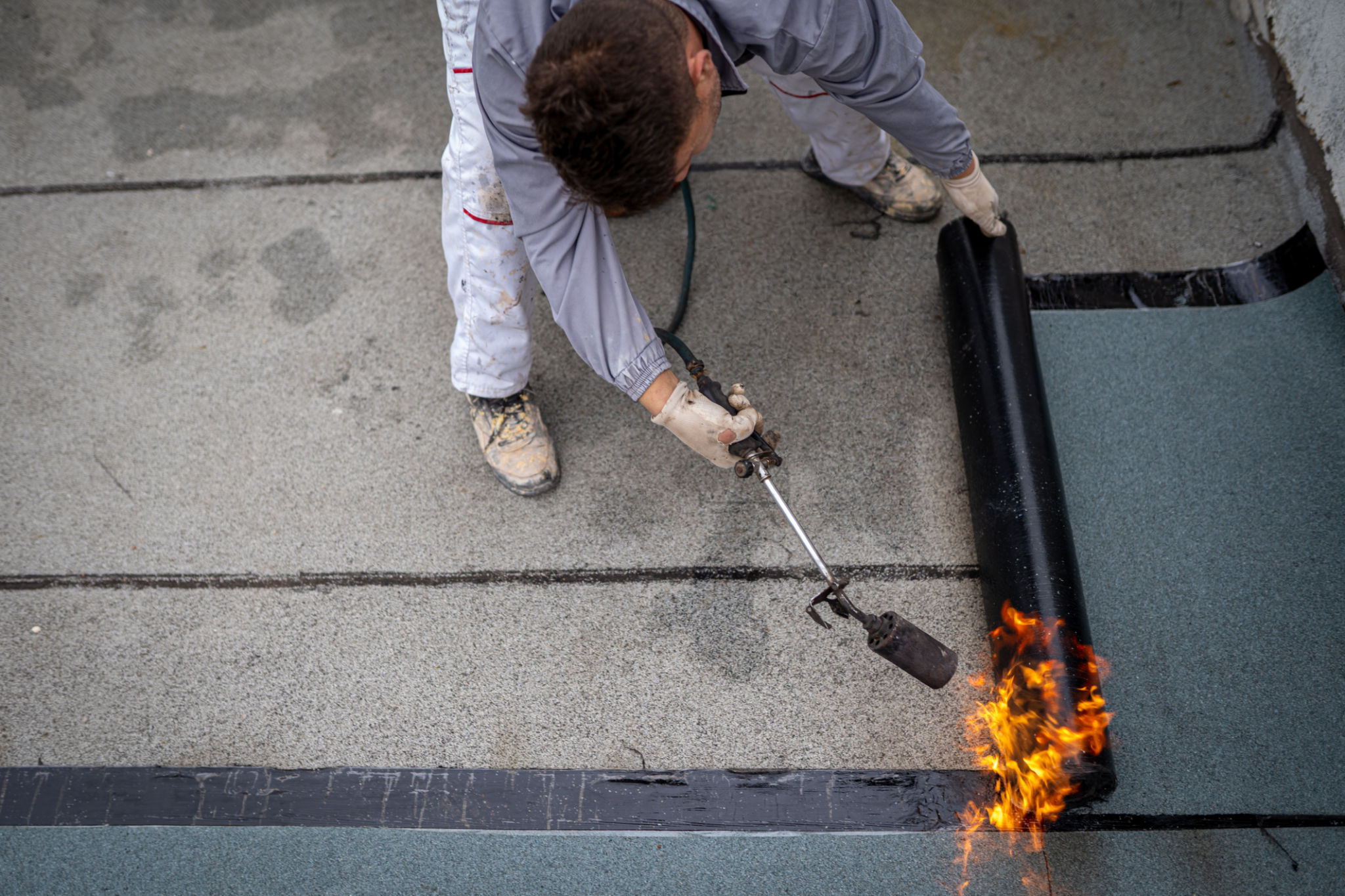Flat Roof vs. Pitched Roof: Which Is Right for Your Home?
Understanding Flat Roofs
Flat roofs have become increasingly popular in modern home design, offering a sleek and contemporary look. They are characterized by their minimalistic appearance and the ability to maximize space. A flat roof can create additional living areas, such as rooftop gardens or terraces, providing a unique aesthetic appeal.
One major advantage of flat roofs is their cost-effectiveness. They generally require fewer materials and less labor to install than pitched roofs. This makes them an attractive option for homeowners on a budget. Additionally, maintenance tends to be simpler, as the flat surface allows for easier access if repairs are needed.

However, flat roofs do come with some drawbacks. One of the biggest concerns is drainage, as water can pool on the surface if not properly managed. This can lead to leaks and water damage over time. Therefore, it is crucial to ensure that a flat roof is equipped with an efficient drainage system.
Exploring Pitched Roofs
Pitched roofs have been a staple in home construction for centuries, known for their classic look and practicality. The sloped design allows for efficient water runoff, reducing the risk of leaks and structural damage. This makes pitched roofs a particularly good choice in regions with heavy rainfall or snowfall.
Another benefit of pitched roofs is their durability. The angled structure provides added strength against harsh weather conditions, which can significantly extend the lifespan of the roof. Additionally, the attic space created by a pitched roof can be utilized for storage or even converted into an additional living area.

On the downside, pitched roofs typically come with higher construction costs. The complex design requires more materials and labor, which can increase the overall budget for a home project. However, many homeowners find the long-term benefits and aesthetic appeal worth the initial investment.
Comparing Energy Efficiency
When considering energy efficiency, both flat and pitched roofs have their advantages. Flat roofs can be ideal for installing solar panels, as the unobstructed surface area maximizes sun exposure. This can lead to significant energy savings and a lower carbon footprint.
Pitched roofs, on the other hand, offer better insulation options due to their shape and construction. The attic space can be insulated effectively, helping to maintain a consistent indoor temperature and reduce heating and cooling costs.

Choosing the Right Roof for Your Climate
Your local climate plays a significant role in determining which roof type is best suited for your home. In areas with heavy rainfall or snow, pitched roofs are often recommended due to their efficient water drainage capabilities. The slope ensures that precipitation is quickly directed away from the home, minimizing potential damage.
Conversely, in arid or mild climates, flat roofs may be more practical. They provide additional outdoor living space and require less maintenance in regions where precipitation is infrequent.
Making Your Decision
Ultimately, the choice between a flat roof and a pitched roof depends on various factors, including budget, climate, and personal preference. Consider the architectural style of your home and how each roof type will complement it. Additionally, think about long-term maintenance and energy efficiency benefits.

Consulting with a professional roofing contractor can provide valuable insights tailored to your specific needs. They can assess your home's structure and offer recommendations based on your location and design preferences.
Conclusion
Both flat and pitched roofs offer unique benefits and challenges. By weighing these factors carefully, you can select the roof type that best meets your needs and enhances the overall value and functionality of your home.